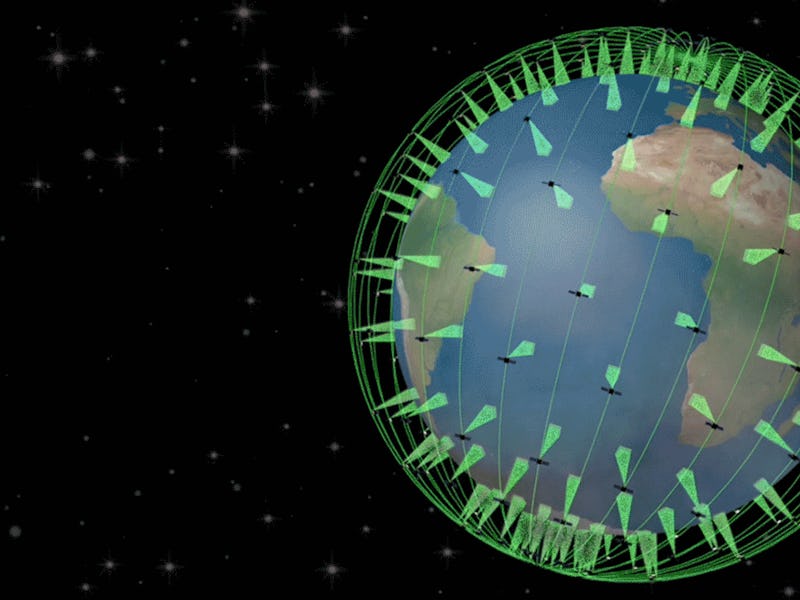Can Satellites Protect the Earth From Wildfires? NASA Thinks FireSat Is the Answer
FireSat is the latest in wildfire-fighting tech. And it's literally out of this world.

If you’ve ever had to live near a wildfire-prone area, you know that they’re swift, destructive, and very dangerous. Not only do they pose an immediate threat to people’s safety, but the lingering smoke from the fires can cause health hazards in locations hundreds of miles away from the actual flames. Now, NASA is developing a new program that will discover errant wildfires quickly — from space — so the blazes can be put out faster.
NASA’s Jet Propulsion Laboratory and Quadra Pi R2E started developing a system of satellites with thermal infrared imaging sensors that will help find large fires as soon as possible. FireSat will be comprised of 200 satellites with sensors and may be the most immediate form of sensing fires — besides human witnesses, which cannot always spot or report remote outbreaks before things get out of hand.
“Delays in detection can lead to rapid escalation of a fire, and dramatic growth of the cost of suppression. The system we envision will work day and night for fires anywhere in the world,” says lead designer of FireSat, Robert Staehle.
The FireSat team asserts that the sensors would be able to find fires within 15 minutes after they start, granted that the fires are at least 35-50 feet wide. Current satellite technology with fire sensors operate far less than the proposed FireSat plan, with detection only happening twice a day.
The satellites would also be able to alert authorities about the exact latitude and longitude of the fire within three minutes of detecting the blaze. Even better — the program will send low-res images of the fire each minute thereafter, so emergency responders can plan exactly how to evacuate the area and fight the flames properly.
But FireSat isn’t limited to just discovering infernos around the globe. The satellites will be able to use their thermal detection to find explosions, oil spills, and other high heat occurrences.
Researchers estimate that the FireSat sensors will be functional by summer 2018, with several of the sensors going into space for testing around 2017.
Here’s to the hottest new technology in fighting fires.